
Fast and Fearless
a Jimmy Wilson Racing Adventure
Second in the Series

a Jimmy Wilson Racing Adventure
Second in the Series
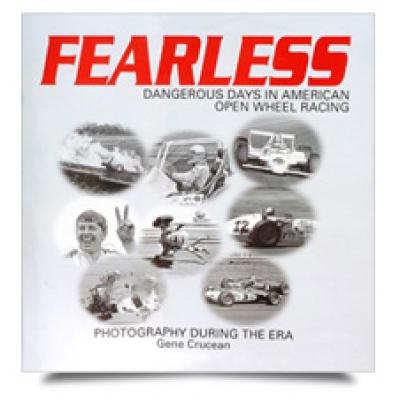
SIGNED
FEARLESS looks back at American open cockpit racing during the 35 years following World War II. The book features Indianapolis 500 racing along with the annual title chase over the Championship Trail. Sprint car and midget competition on the nation’s dirt bullrings, perhaps racing’s most spectacular and visual form of racing, is also included. America’s greatest drivers: Mario Andretti, the Bettenhausens, Jimmy Bryan, A.J. Foyt, Ted Horn, Jim Hurtubise, Parnelli Jones, Jud Larson, Rex Mays, Rick Mears, Johnny Rutherford, Troy Ruttman, Eddie Sachs, Tom Sneva, the Unsers, Bill Vukovich, and Rodger Ward were the larger-than-life heroes, champions and charismatic legends of the day.
Along with the sport’s booming popularity came the dangers. The post-war era was a time when courage was a driving skill. For little or no reward, drivers accepted risks that would be unconscionable today….all for a chance to compete at the Cathedral of Speed, the Indianapolis Motor Speedway. During those gritty post war years, American open wheel racing was indeed, the “Sport of Men”.
Open wheel photography also hit its stride during the period. The author has assembled the best photographic works from the best post-war lensmen. Some images are thrilling, some poignant, and some unsettling. But each captures a split second of the sport’s essence. FEARLESS is a tribute to the great photographers of the time.
So cinch up your seatbelt and brace yourself for a rough ride through the glorious years of post-war American auto racing.
“
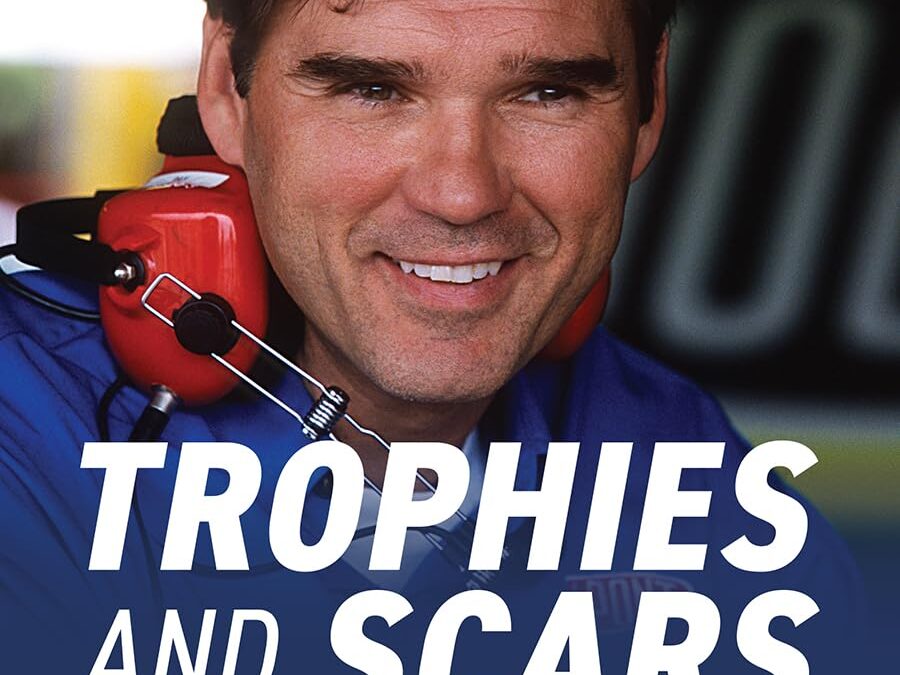
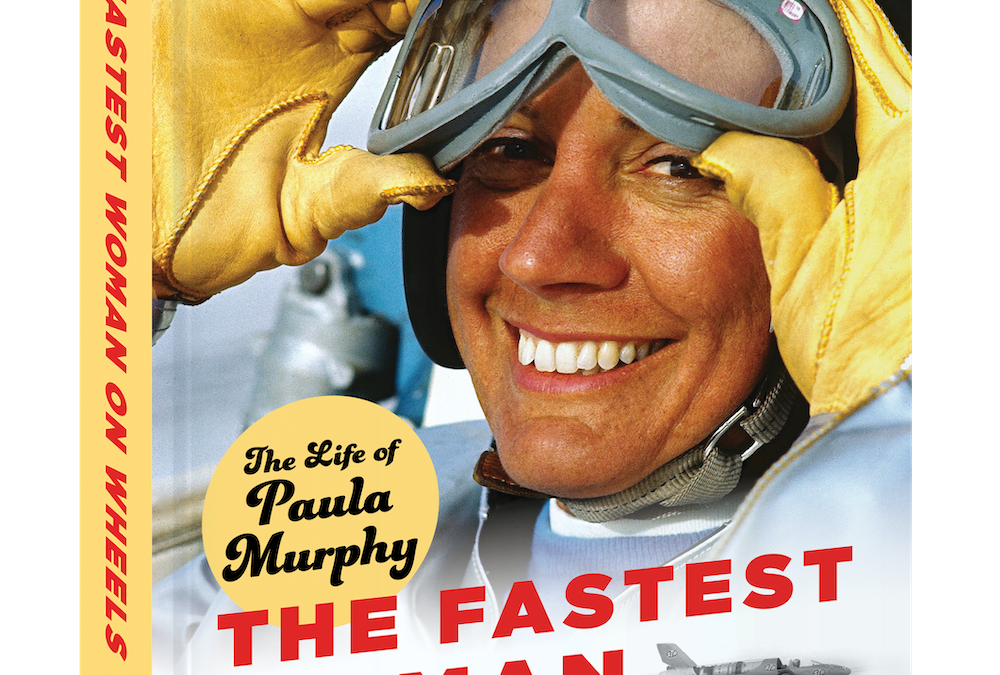
A fearless pioneer and a versatile and gifted driver, Paula Murphy was the first woman to pilot a jet car to a Bonneville Salt Flats speed record, the first woman to make laps at famed Indianapolis Motor Speedway, and the first woman to secure an NHRA Funny Car license. Throw in driving a Pontiac Sunbird literally around the world, nearly dying at the helm of a rocket car, and scoring closed-course speed records at NASCAR’s famed Talladega Superspeedway behind the wheel of cars driven by both Richard Petty and Fred Lorenzen, and you might be starting to scratch the surface of her incredible life.
Author Erik Arneson worked directly with Murphy and some of the biggest names in motor sports to dive deep into her story and relay to the world the impact this single mother from Ohio had on the world of racing. If you find the list of feats above impressive, add the Baja 1000, Mobil Economy Runs, Monaco, Union/Pure Oil Performance Trials, as well as high-speed stunts on horses, sailboats and a snowmobile and you’re starting to get close. Jump in—The Fastest Woman on Wheels is one hell of a ride.
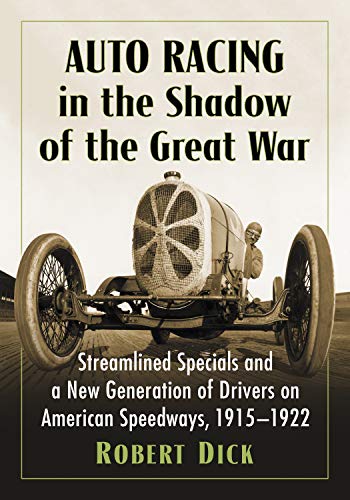
From 1915 through the early 1920s, American auto racing experienced rapid and exciting change. Competition by European vehicles forced American car manufacturers to incorporate new features, resulting in legendary engineering triumphs (and, essentially, works of art). Some of the greatest drivers in racing history were active during this time–Ralph DePalma, Dario Resta, Eddie Rickenbacker, the Chevrolet brothers, Jimmy Murphy.
Presenting dozens of races in detail and a wealth of engineering specs, this history recalls the era’s cigar-shaped speedway specials and monumental board tracks, the heavy-footed drivers, fearless mechanics, gifted engineers and enthusiastic backers.
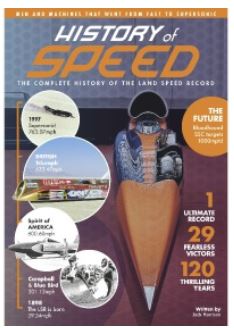
BOOKAZINE
In October 1997, British Royal Air Force pilot Andy Green, in a supersonic car, capped what had been a century-long assault on the land speed record to set a mark of 763.07mph at Black Rock Desert in Nevada. In doing so he became the first driver to go faster than the speed of sound, and reached a target that no man or car has been able to surpass since.
The 20 years that have passed since that day represent the longest time in the history of the fabled record that it’s remained unbroken. After Frenchman Gaston de Chasseloup-Laubat became the first driver declared as the fastest on Earth in 1898 with a speed of 39.24mph, Sir Malcolm Campbell, Sir Henry Segrave, George Eyston, Donald Campbell, Craig Breedlove and Richard Noble were just some of the now-legendary figures who continually raised the bar in the pursuit of speed supremacy. Fuelled by the seismic technological advancement and engineering excellence that dominated the 20th century, this relentless band of fearless individuals became obsessed with going faster, faster and faster still.
This 132-page special volume tells the story of the men whose names will be forever etched in the annals of history as land speed record holders, and uses a wealth of rare images to uncover how they each achieved immortality. The edition also examines the ground-breaking vehicles which proved capable of reaching speeds previously deemed to be unachievable, and goes on to explore the likelihood of the 21st century producing the first 1000mph car.
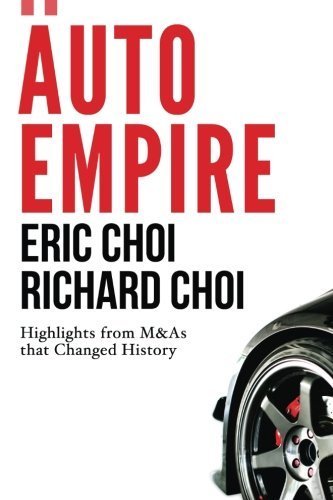
The automotive industry has a tumultuous history rife with back-room deals, brilliant innovation, colorful characters, and marked by the complete transformation of our planet. In Auto Empire, author Choi paints a compelling picture of the birth and growth of the modern auto industry. And how acquisitions and mergers, in particular, have paved the way for the auto industry of today and tomorrow. From the first steam-powered carriage, to alternative energy and self-driving cars, the world can barely accommodate the ambitions of this massive industry. But in Auto Empire, Choi fearlessly tackles the industry in all its glory and failings to illuminate how it transformed itself and the world. Choi unfolds a fascinating history that spans diverse industries, epic upheavals, and touches every corner of the world. Auto Empire seamlessly weaves the eras of the automotive industry into a thought-provoking portrait of its continued evolution through acquisitions and mergers. To think, we went from sweatshop assembly lines and 14-hour work days, to high-tech automation and digital innovation. In Auto Empire, Choi captures this amazing spirit of transformation.

A portfolio of reports telling how the Land Speed Record criss-record the Atlantic during the ’20s and how fearless drivers such as Milton, Guiness, and more pushed it up to over 230mph.
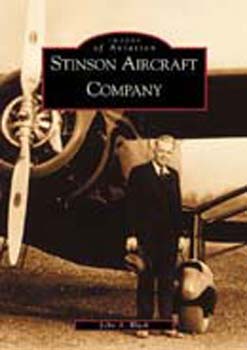
By the early 1920s, Eddie Stinson-a charismatic daredevil pilot-had become nationally known for his fearlessness and skill. In 1926, he and his close friend Bill Mara founded a company to design and manufacture airplanes that combined features then only found in luxury automobiles. In 1932, Stinson was killed in a tragic crash while demonstrating a new model. Although his life was short, the world of aviation still reveres the airplanes built under his name. Featuring many never-before-published photographs and comprehensive biographical information, Stinson Aircraft Company chronicles a remarkable period in airplane development. It details the growth of Stinson’s company, which produced more airplanes for a longer period of time than any other Michigan airframe producer. The book also reveals the story of Eddie Stinson and Bill Mara, who together made aviation history. Today, about 3,000 Stinson airplanes remain and are still greatly esteemed by aviation enthusiasts, 50 years after the last one was built.

The Indianapolis 500 is dying. A hole was poked its soul nearly fifty years ago by unknowing people who thought that putting the engine behind the driver was progress. Since then life has slowly ebbed from the great spectacle where fearless men once dueled, sometimes to the death. Like American gladiators, they drove beautiful chairots before hundreds of thousands of adoring fans in the most amazing arena in the world, the Indianapolis Motor Speedway. It is early June 2010, the Indy 500, held the previous week, had once again been a very competitive race, attended by a crowd, that at one time would have been considered adequate for the firt day of Time Trials. The TV ratings have slipped and more importantly, the aura that once surrounded the great even has diminished. Last week’s race was run with cars tht no one remembers, driven by men and women that few can recall. Next year will be the 100th anniversary of this American icon. Tom Grey, the owner of the beautiful speedway makes a dramatic decision; “Gentlemen

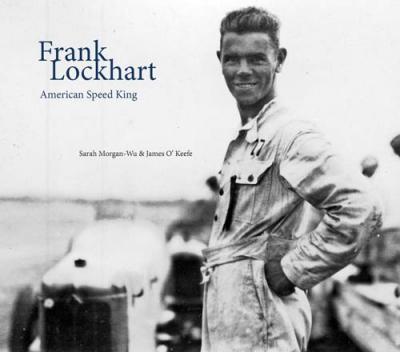
“The compellingly self-confident, handsome, gifted race driver, and mechanical genius named Frank Lockhart has long captured the imagination and curiosity of generations of automobile racing fans as a classic example of the “What if he had lived?” enigma. There remains even today a certain mystery about Frank’s amazing talent and fearless driving ability. There also have been a sizeable number of myths about his life that have grown up over the years and have been repeated so often as to become accepted as the gospel truth.
In a careful historical effort to set the story straight, authors Sarah Morgan-Wu and Jim O’Keefe have combined their efforts to delve into all aspects of Frank’s life and career. They have left no stone unturned in an attempt to verify every bit of information. It is to their credit they have uncovered much long forgotten or hidden information that sheds important light on the true nature of Frank and his remarkable if all too short flash of brilliance on the stage of American automobile racing. Lavishly illustrated, with fully documented charts of Lockhart’s race record, extensively detailed appendices, sourced and fully indexed.
”